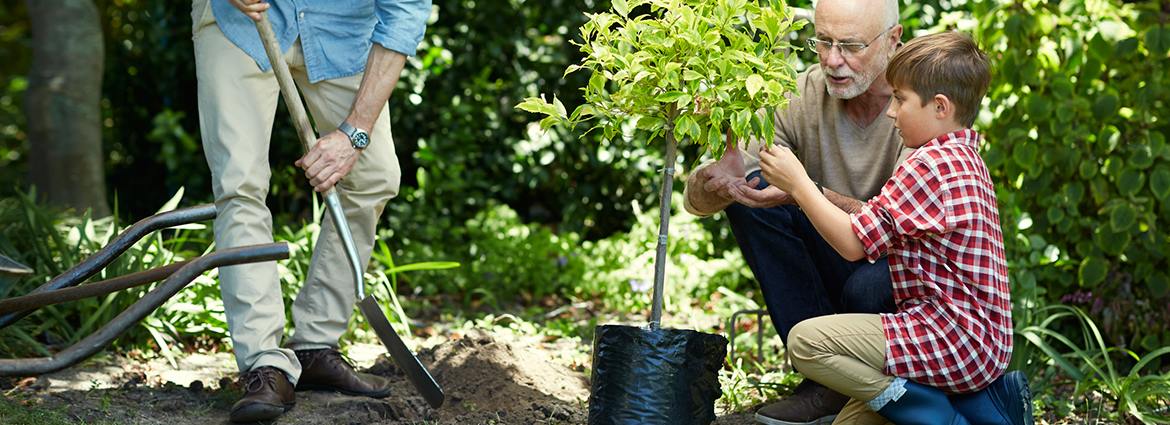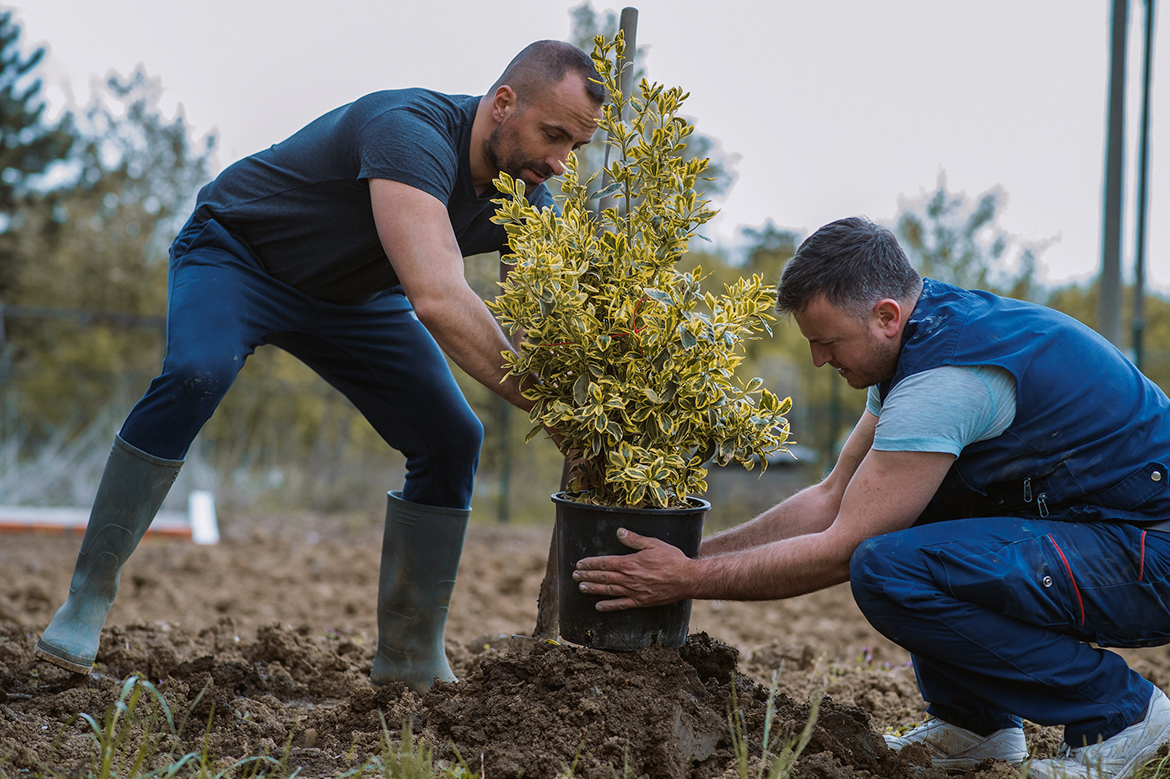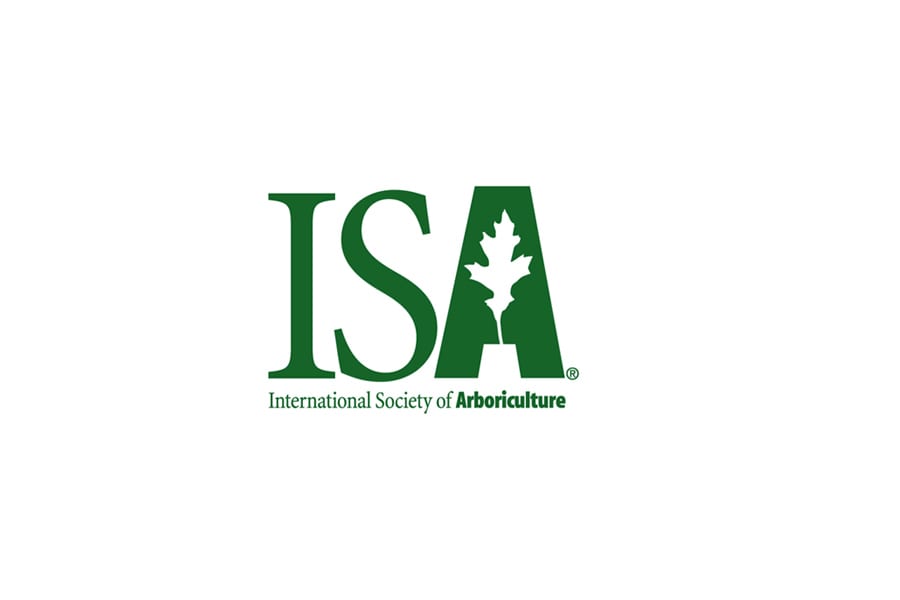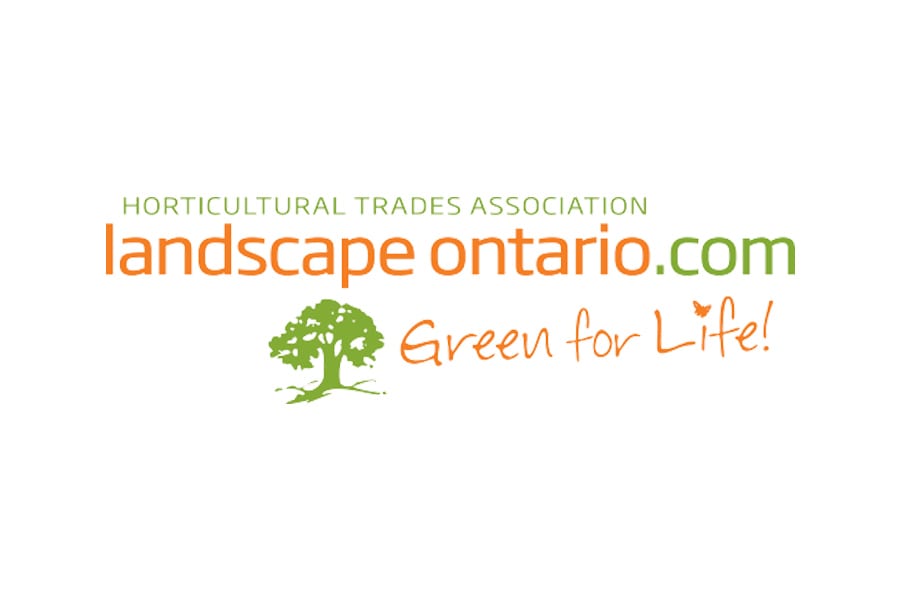
- Mar 5, 2022
- Dreamworks Tree Services
- Tree Planting
- 0 Comments
7 Steps to Plant Trees the Right Way
Land preparation is the first step in the tree planting process. It determines whether your tree will grow to be healthy or become weak and is the best way to help fast-growing trees thrive and withstand different weather conditions. It involves site assessment, soil enhancement, digging an appropriate hole, and creating space for root development. In addition, a well-prepared soil handles weeds, recycles plant nutrients, and provides a suitable surface for direct seeding. Read on to discover the correct steps that are key to planting a tree.
7 Crucial Things for Successful Tree Planting
Dig the Planting Hole
Before digging, ensure the hole is at least three times wider than the existing root mass and deep enough to cover the root length of the tree. Place the tree in the hole so that the flare of the trunk remains near the soil surface. Planting the tree deeper may disrupt the supply of oxygen, water, and nutrients it needs to stay healthy. Monitor the progress and be sure to pull away soil if it covers the flare or roots.
Plant the Tree High
When planting a tree in a new environment, keep 25% of the root ball above the ground level. Later, you can taper soil up to wrap all the roots and add a generous layer of mulch on top. This step in tree planting guarantees better drainage in the ground. If you skip this phase, the plant may settle below grade and succumb to root rot due to improper drainage.
Inspect the Roots
When you take the plant out of its container, check the roots. If they are compactly bound in a circular form, break the pattern. At this stage, failing to untangle the roots before planting may not allow the tree to grow to its potential and even cause the plant to die slowly. It is best to get rid of the container-shaped pattern and let the root grow in a different direction, even if it means losing some soil.
Here are two methods to do this:
- In mild cases, use your fingers to scratch the sides and bottom of the roots.
- If there are too many tangles, separate the roots vertically using a pruning saw and pull them apart carefully.
Check the Soil Condition
It is best to avoid treating the planting hole with additional organic material when planting a tree unless you amend the soil in the entire area, considering root coverage in the future. This is because roots growing in treated soil may not spread out into the hard native soil, resulting in a smaller root system, diminished growth, and a weak plant. Instead, break up the lumps in the ground, clear the rocks, and backfill with the native soil.
Get Rid of Air Pockets
Air pockets can result in dead roots, which is why you should eliminate them in the initial stages of tree planting. You can do this by gently spraying water to help settle the soil and ensuring good contact between the ground and roots. Water the planting hole when once you complete 50% of backfilling. Then, fill the hole with soil and water again to settle the area. This way, you can ensure the plant gets the necessary moisture and quickly eliminate the air pockets to provide a healthy environment for the new tree.
Spread Mulch
Mulching helps to retain water and ensures the tree remains well hydrated. In addition, it can also keep weeds at bay and prevent the compaction of the soil during tree planting. Spread mulch about two inches from the trunk because covering it completely may cause decay. Add two inches of organic matter such as dried leaves, ground bark, or wood chips around the plant up to a reasonable distance. It is an essential step for newly planted trees because it helps retain moisture and keep the roots cool.
Water Adequately
Providing adequate water and avoiding overwatering is crucial for the survival of plants. After you complete the tree planting process, watering the tree until it is established in a controlled manner is the most critical job. It can take weeks, months, and in some cases, a year to achieve the desired result. Slow and deep irrigation is the most favourable way to water a new plant. It enables the soil surrounding the roots to saturate so they get enough time to absorb moisture and avoid excess runoff. Drip irrigation or soaker hoses are the best options to encourage proper growth.
Keep the following in mind when watering new trees:
- Water them every day during the first week after tree planting.
- Then, water them every other day for the next 2-3 weeks.
- Observe their response to your watering schedule. If the soil appears dry and the leaves turn brown, water more.
- Avoid over-watering to prevent irreversible damage.
- Depending on the growth and weather conditions, you can gradually reduce the frequency.
We Offer Complete Tree Planting Services in Toronto & the GTA
 Whether you are a homeowner or a commercial building owner looking to plant trees on your property, hiring experts who can provide professional help is wise. DreamWorks Tree Services offers quick, reliable and efficient tree planting services in Toronto and the GTA. With over 11 years of experience and in-depth knowledge of successful tree planting for our customers, we can help you create the perfect lush green treescape you desire on your property.
Whether you are a homeowner or a commercial building owner looking to plant trees on your property, hiring experts who can provide professional help is wise. DreamWorks Tree Services offers quick, reliable and efficient tree planting services in Toronto and the GTA. With over 11 years of experience and in-depth knowledge of successful tree planting for our customers, we can help you create the perfect lush green treescape you desire on your property.
We have the expertise and resources to provide professional tree care services, from planting and maintenance to removal. We will understand your needs and help you choose suitable trees that can thrive in your area, considering your property’s size and weather conditions.
For more details, you can call us at 647-924-2627. You can also get a free property assessment by filling out our online contact form. We will be happy to assess your property and offer the best solutions for tree planting to achieve successful results.
Also Read:












